Yo dawg, we heard you like water, so we put some floats on your plane, so you can...FLY A FLOATPLANE!
Based on my 172RG, which is an overhauled version of BaconAircrafts' 172RG with a higher level of detail and realism.
Don't expect it to be fast, it's a cruiser that goes ~200 MPH at max like the real one. When you are travelling between islands, turn on the autopilot, make yourself a nice (Bacon-) sandwich and lean back! :)
Take-off should be done at ~100 MPH, rather a bit faster for the landing (~130 MPH on final approach, slowly dropping down to 90 MPH).
In the water you should put the flaps fully down and when you go over 60 MPH, pitch up a bit.
As Bacon's description still holds true and controls didn't change, I'll just copy it and add the things that are new:
CONTROLS:
VTOL: Flaps
TRIM: Trim
GEAR: Gear
CAM:1 Pilot POV
CAM2: Co-Pilot POV
ACTION GROUP 1: Landing lights
& normal contols.
FEATURES:
- Fully furnished cockpit
- Working artificial horizon (it's on free spin and can get out of alignment very quickly, tries to make it better have failed)
- Navigation system (input set to yaw)
- Fully working yokes that react to pitch and roll
- Fully working pedals that react to yaw and brake
- Realistic floats with retractable landing gear
- Working throttle
--> The second colour in the paint menu dictates the outline color (blue) feel free to change it to your favourite!
CREDITS:
Landing gear hinge: @FrankieB
Indicator lights: @Flightsonic
DESCRIPTION: Cessna introduced a retractable landing gear version of the 172 in 1980 and named it the Cutlass 172RG.
The Cutlass featured a variable-pitch, constant-speed propeller and a more powerful Lycoming O-360-F1A6 engine of 180 horsepower (130 kW). The 172RG sold for about US$19,000 more than the standard 172 of the same year and produced an optimal cruise speed of 140 knots (260 km/h), compared to 122 knots (226 km/h) for the contemporary 160 horsepower (120 kW) version.[15]
The 172RG did not find wide acceptance in the personal aircraft market because of higher initial and operating costs accompanied by mediocre cruising speed, but was adopted by many flight schools since it met the specific requirements for "complex aircraft" experience necessary to obtain a Commercial Pilot certificate (the role for which it was intended), at relatively low cost. Between 1980 and 1984 1177 RGs were built, with a small number following before production ceased in 1985.[citation needed]
While numbered and marketed as a 172, the 172RG was actually certified on the Cessna 175 type certificate.
Feedback and suggestions are appreciated.
Cheers! :)
Specifications
General Characteristics
- Predecessor Cessna 172RG Cutlass (refurbished - base by BaconAircrafts)
- Successors 4 airplane(s)
- Created On Windows
- Wingspan 70.5ft (21.5m)
- Length 50.6ft (15.4m)
- Height 21.9ft (6.7m)
- Empty Weight 17,137lbs (7,773kg)
- Loaded Weight 17,137lbs (7,773kg)
Performance
- Horse Power/Weight Ratio 0.058
- Wing Loading 17.0lbs/ft2 (83.1kg/m2)
- Wing Area 1,007.4ft2 (93.6m2)
- Drag Points 13554
Parts
- Number of Parts 292
- Control Surfaces 14
- Performance Cost 1,320


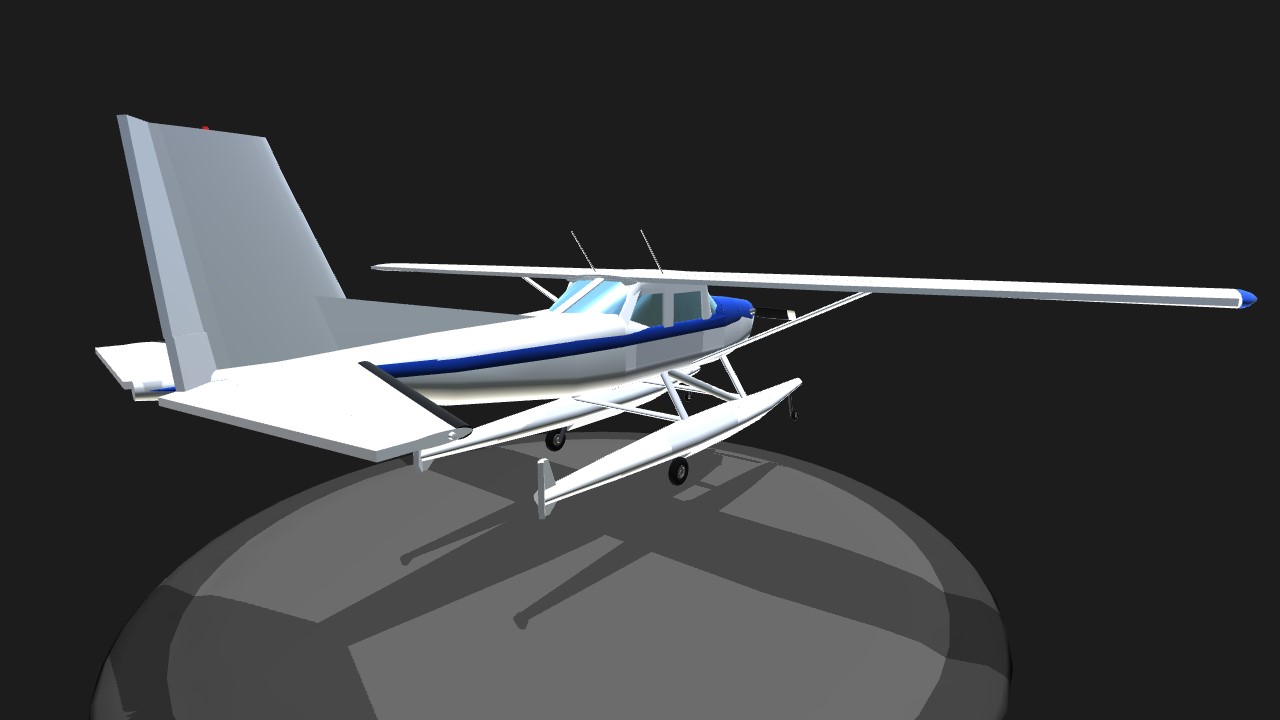
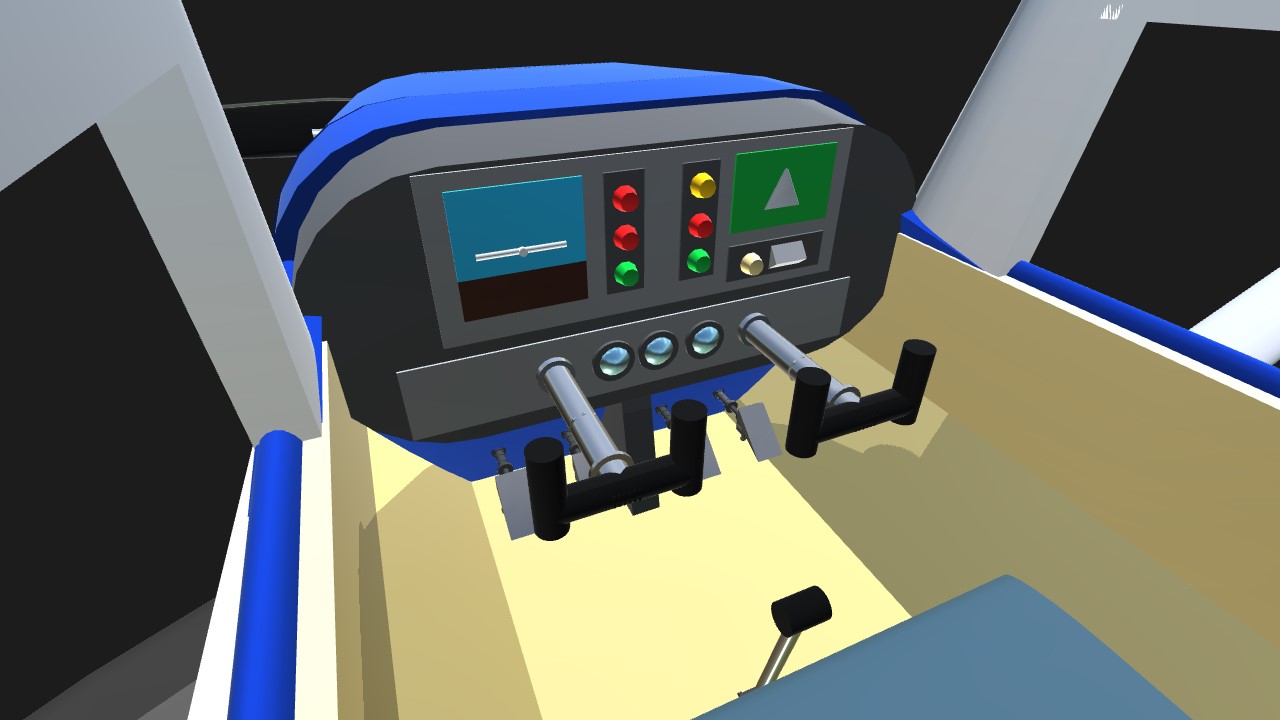
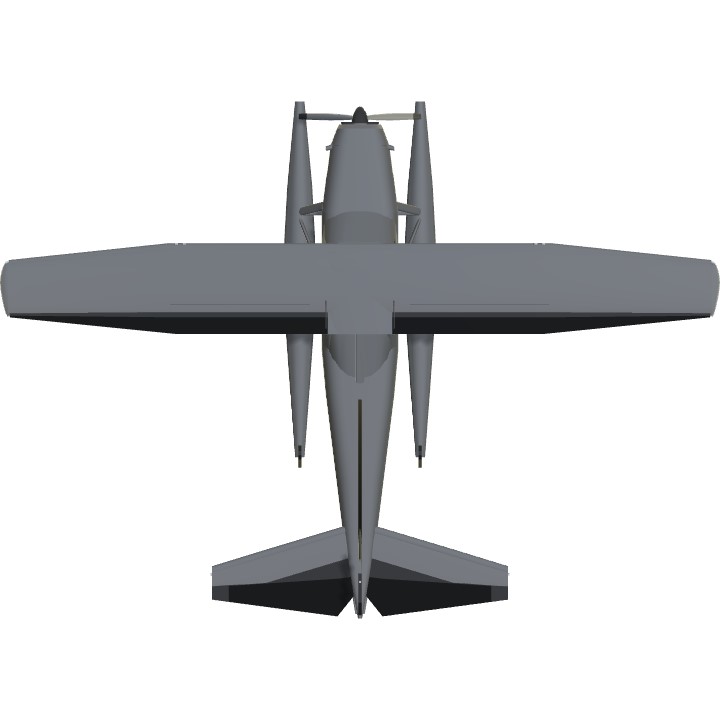
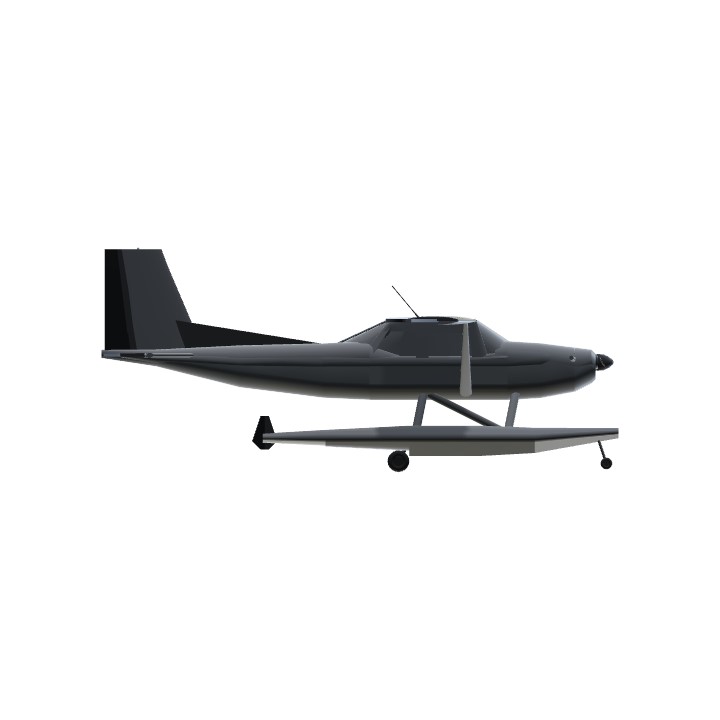
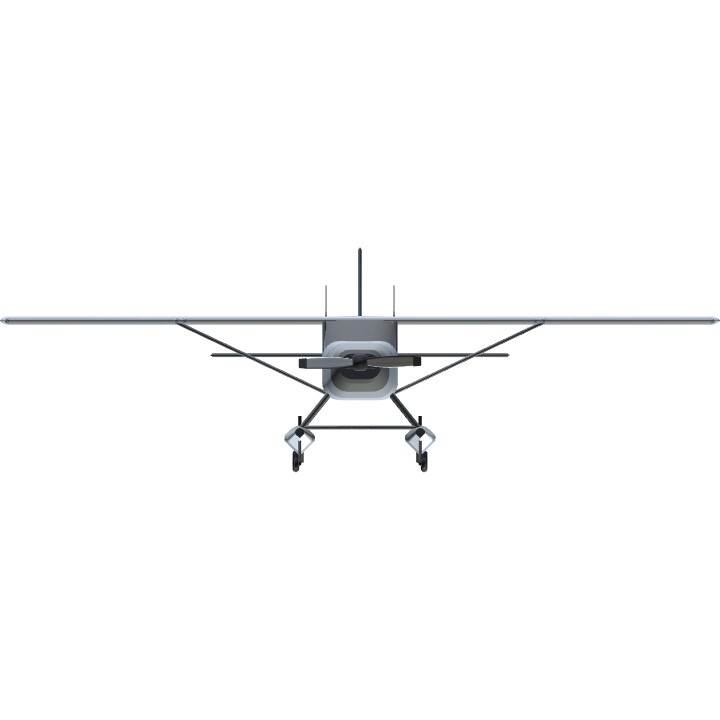
@JMaxGamer11 Thanks for the nice words! I'm glad you and your viewers like it :)
First I want to say great plane man. I know it’s not directly yours but I’m going to give you credit. Second I want to say I made a 17 min YT video of this and my fans loved it so I also want to thank you for that. And last but not least I want to say that the cockpit is impeccable,outstanding,amazing,awesome, and just all around cool. Thanks for making this.
the autopilot loves this plane
@JakeTheDogg First I'll make a Piper PA-34 Seneca II on my own. Probably without a window block and just open windows instead.
@CaesiciusPlanes Thanks, I forgot to change that bit in the desc. :D Fixed now.
It is a Beautifal set of pontoons you've added.